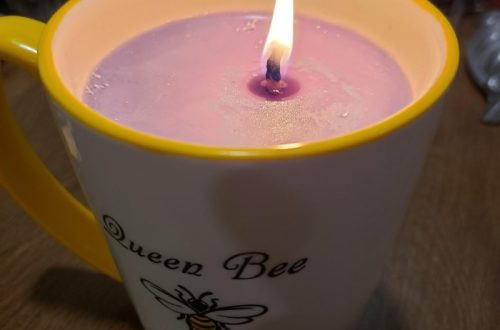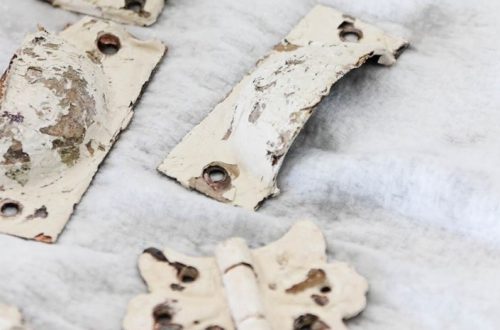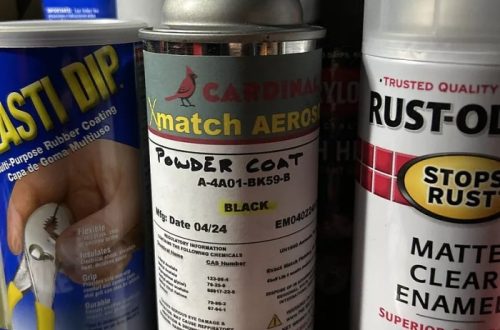Part 1: Understanding Beakers
1. Versatility: A Laboratory Essential
Beakers are versatile laboratory glassware that play a crucial role in numerous scientific experiments and research activities. Their simple yet functional design makes them indispensable tools in various fields, from chemistry and biology to physics and environmental science.
The versatility of beakers stems from their ability to handle a wide range of tasks. They are commonly used for:
Mixing and Stirring: The wide mouth and cylindrical shape of beakers make them ideal for mixing liquids and solutions.
Heating Liquids: You can heat beakers directly over a Bunsen burner or on a hot plate, making them suitable for various heating and boiling procedures.
Measuring Liquids: While not as precise as graduated cylinders, beakers often have graduated markings on the side to provide approximate volume measurements.
Observing Reactions: The transparent nature of glass beakers allows for easy observation of chemical reactions, color changes, and precipitation.

2. Design Features: Optimizing Functionality
We carefully consider the design of beakers to enhance their functionality and usability. Key features include:
Cylindrical Shape: The cylindrical shape provides stability and allows for easy stirring and mixing.
Flat Bottom: The flat bottom ensures stability when placed on a flat surface, preventing spills and accidents.
Spout: The spout facilitates precise pouring of liquids, minimizing spills and waste.
Graduated Markings: These markings, typically in milliliters, provide approximate volume measurements, making it convenient for estimating liquid quantities.
By understanding the versatility and design features of beakers, scientists and researchers can effectively utilize these tools to conduct a wide range of experiments and analyses.
Part 2: Evaluating Flasks
1. Specialized Functions: Tailored for Specific Tasks
Designers create flasks to perform a variety of functions, making them a cornerstone of laboratory equipment. Their specialized shapes and features make them indispensable tools for scientists and researchers.
Erlenmeyer Flasks: These conical flasks are ideal for mixing, heating, and storing liquids. The conical shape and narrow neck help prevent spills and evaporation, making them suitable for titrations, bacterial cultures, and other applications.
Volumetric Flasks: These flasks are designed for precise volume measurements. They have a narrow neck and a specific volume marking, allowing for accurate dilution and preparation of standard solutions.
Florence Flasks: These round-bottomed flasks are commonly used for heating liquids and carrying out chemical reactions. Their shape provides even heat distribution and reduces the risk of bumping, making them ideal for boiling, distillation, and reflux processes.
2. Design Features: Optimizing Performance
The design of flasks is carefully considered to optimize their performance and functionality. Key design features include:
Narrow Neck: The narrow neck of many flasks helps to reduce evaporation and minimize the risk of spills. It also allows for precise pouring and pipetting.
Wide Base: A wide base provides stability and prevents the flask from tipping over, especially when filled with liquid.
Graduated Markings: Many flasks, particularly volumetric flasks, have graduated markings on the side to indicate specific volume measurements. These markings allow for accurate measurement and dilution of solutions.
Heat-Resistant Glass: Flasks are often made of borosilicate glass, a type of glass that can withstand high temperatures and thermal shock. This makes them suitable for heating and cooling applications.
By understanding the different types of flasks and their specific design features, scientists can select the appropriate tool for each task, ensuring accurate and efficient laboratory work.

Part 3: Differences in Usage
1. Beakers: Versatile Tools for General Laboratory Use
Beakers, with their simple yet functional design, are indispensable tools in any laboratory setting. Novice and experienced scientists use these versatile glassware items for a wide range of applications, making them essential.
One of the primary uses of beakers is for mixing and diluting liquids. Their cylindrical shape and wide mouth allow for easy stirring and pouring, making them ideal for preparing solutions and reagents. People commonly use beakers for heating liquids because their thick, heat-resistant glass can withstand high temperatures.
While beakers are not designed for precise measurements, they often have graduated markings on the side, allowing for approximate volume estimations. This feature makes them suitable for measuring out rough quantities of liquids, saving time and effort in the laboratory.
2. Flasks: Specialized Tools for Specific Tasks
On the other hand, scientists designed flasks for more specific laboratory tasks. They come in various shapes and sizes, each tailored to a particular function.
Erlenmeyer flasks: These conical-shaped flasks are ideal for mixing solutions, titrations, and bacterial cultures. Their narrow neck reduces evaporation and allows for easy swirling and mixing.
Volumetric flasks: These flasks are designed for precise volume measurements. They have a narrow neck with a specific volume marking, ensuring accurate dilution and preparation of standard solutions.
Florence flasks: These round-bottom flasks are commonly used for heating liquids and carrying out chemical reactions. Their shape provides even heat distribution and reduces the risk of bumping, making them suitable for boiling, distillation, and reflux processes.
By understanding the specific functions and design features of beakers and flasks, scientists can select the appropriate glassware for their experiments, ensuring accurate and efficient results.
Part 4: Considerations for Laboratory Applications
1. Volume Measurements: Precision and Versatility
Beakers and flasks, while both essential laboratory glassware, differ in their precision for measuring volumes. Beakers typically have graduated markings on the side, providing approximate volume measurements. These markings are useful for estimating volumes, but they do not provide high accuracy.
On the other hand, volumetric flasks are specifically designed for precise volume measurements. They have a narrow neck with a single calibration mark, indicating a specific volume. To use a volumetric flask, one adds a liquid to the flask until the meniscus reaches the calibration mark, ensuring the measurement of the exact volume of the liquid.
2. Reaction Conditions: Tailoring to Specific Needs
Scientists optimize the shape and design of beakers and flasks for specific reaction conditions. Beakers, with their wide mouth and cylindrical shape, are versatile tools for general laboratory tasks, such as mixing, heating, and storing solutions. However, their wide mouth can lead to increased evaporation, making them less suitable for long-term storage or reactions that require precise volume control.
Erlenmeyer flasks, with their conical shape and narrow neck, are ideal for a variety of laboratory applications. The narrow neck helps to minimize evaporation and prevents spills, making them suitable for heating, reflux, and titration. The conical shape also allows for easy swirling, which is essential for mixing solutions and ensuring uniform reactions.

Part 5: Handling Chemical Substances
1. Chemical Compatibility:
Beaker designs enable them to handle a wide range of chemicals and withstand heat, making them suitable for general use, while scientists choose specialized flasks based on their chemical resistance for specific tasks.
2. Handling Hazardous Substances:
Laboratory personnel utilize flasks with narrow necks to contain volatile substances, minimizing the risk of spills and ensuring safety when handling hazardous chemicals.
Part 6: Practical Considerations and Workflows
1. Practicality in Storage:
Beakers are stackable and take up minimal space, offering convenience for storage and organization, while flasks with their unique shapes require careful handling and sufficient storage space.
2. Workflow Efficiency:
Employing the right glassware can optimize laboratory workflows, with beakers facilitating general tasks and flasks supporting precise and specialized procedures, promoting efficiency in scientific experimentation.
This comprehensive article provides valuable insights into the uses and considerations for both beakers and flasks in laboratory settings, enabling professionals to make informed decisions regarding their choice of glassware based on their specific scientific and experimental requirements.




